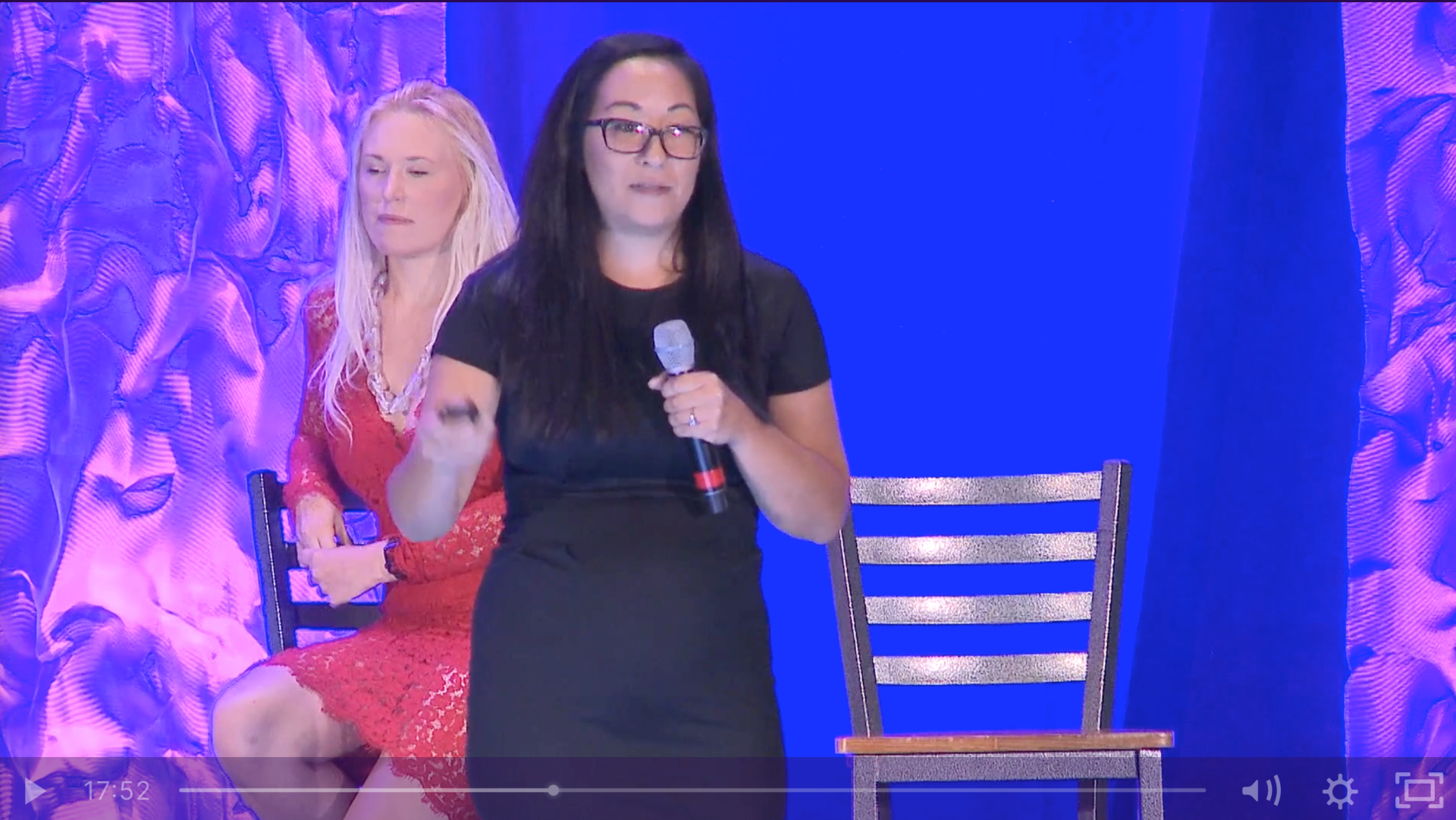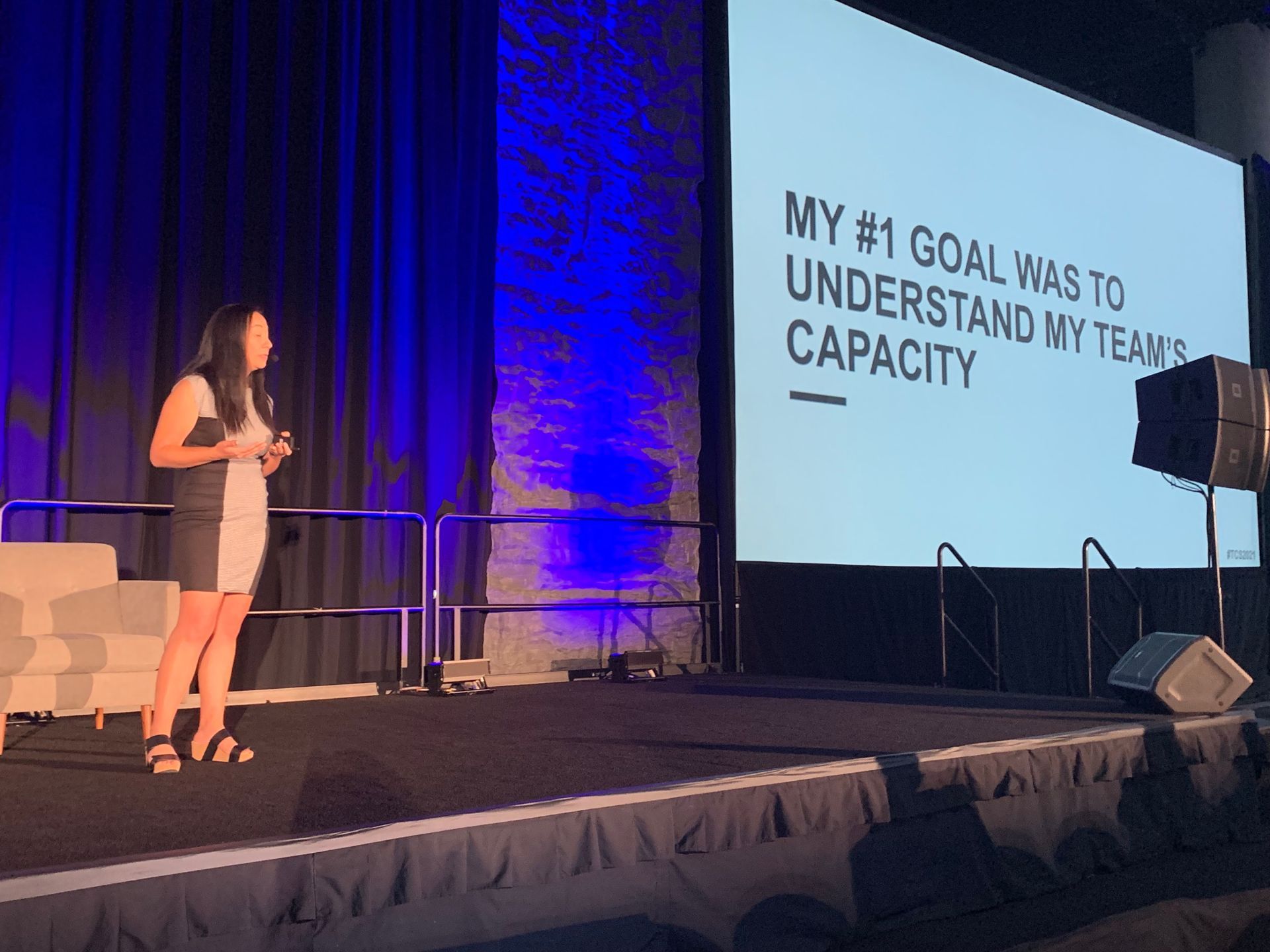Streamline Your Product Descriptions and Social Media Posts: How I Automated My Workflow Using ChatGPT, Airtable, and make.com
Watch this video walkthrough on how I implemented this process.
Prefer to read? Scroll down to learn more.
As a digital marketer and business consultant, I have been experimenting with using AI-based language models like ChatGPT to automate my workflow for writing and updating product descriptions and social media posts. In this article, I will be sharing how I created this automation system using ChatGPT, Airtable and make.com.
Softwares used:
The primary software used in this workflow is ChatGPT, an AI-based language model developed by OpenAI. Additionally, I am also using Airtable and make.com to manage and automate the process.
How I write and update product descriptions in Shopify
The process starts with setting up a base within Airtable, where all of my Shopify products are pulled in from my live site using an extension.
In the Airtable, I have the following required views:
- Ready for rewrite,
- Ready for review,
- Ready for website update,
- Updated, Reviewed updated product.
The key to making this automation workflow successful is having the necessary fields in place. The columns required for this process include:
- Stage, which runs through all the different stages of the process such as "Ready for rewrite" and "Ready for website update";
- Record ID, which uniquely identifies each product;
- GPT Prompt, which is sent to ChatGPT to write the product description;
- GPT Returned Text, where the written description is returned;
- RT Trimmed, which removes whitespace;
- New Description, which adds HTML and additional text to the product description; and
- Product ID, which is used to pull the information back into Shopify.
With these fields in place, the automation process can be executed smoothly and accurately. To fully automate the process of updating and writing product descriptions, several automations were implemented using Airtable.
These include:
- Shopify Desc. Webhook URL Creation, which sets up the script for pulling in the product information from the live site;
- Update Shopify Desc. Webhook URL Creation, which sets up the script for updating the product information on the live site; and
- Shopify Product Descr. Prompt Creation, which creates the prompts for ChatGPT to write the product descriptions.
These automations work together to streamline the process and ensure that the information is accurate and up-to-date. With these automations in place, the process of updating and writing product descriptions becomes much more efficient and less time-consuming.
To further automate the process, two make.com scenarios were also implemented.
The first scenario,
"Write Product Descriptions," includes a webhook that triggers the scenario, getting the record from Airtable, and then using GPT-3 to create a completion. The final step is updating the Airtable record with the new product description.
The second scenario, "Update Product Descriptions," also starts with a webhook, but this time it gets the record from Airtable, updates the Shopify product with the new description, and then updates the Airtable record.
These two scenarios work together to automate the entire process of updating and writing product descriptions, from pulling in the information from the live site to updating the product on the site and making sure that the Airtable record is also updated. With these scenarios in place, the process becomes fully automated, saving even more time and resources.
Once the product descriptions are updated, I can then pull the information back into Shopify using the product ID field.
How I automate writing social posts for my Shopify products
So, now you know how to write and update Shopify product descriptions. Next, I’ll show you how to write social media posts using the same product data. I use a similar process to write social media posts based on my Shopify products.
To ensure that the automation process runs smoothly, the Airtable base needs to be set up in a specific way. In my Airtable, I have the following views: "Ready for setup," "Generate Posts," and "CSV Ready."
- The "Ready for setup" view is where all new products are initially added and where they are prepared for the process of writing social posts.
- The "Generate Posts" view is where the products are selected and where the social posts are written or updated.
- The "CSV Ready" view is where the products are ready to be exported to a CSV file.
These views are important because they allow me to keep track of the progress of each product, and to make sure that the products are in the right stage of the process.
To make this automation workflow successful, the necessary fields must be in place. The columns required for this process include:
- Social post content, which is the text or message of the post that will be written or updated;
- Record ID, which uniquely identifies each product;
- Generate Post Prompt, which is the prompt that will be sent to ChatGPT to write the social post;
- GTP post content, where the written social post is returned;
- Remove white space formula, which removes unnecessary whitespaces;
- Clean up formula, which is used to format the text and make it ready for post.
With these fields in place, the automation process can be executed smoothly and accurately. It ensures that the social posts are written or updated with the correct information, and that the final post is clean and ready for posting.
To fully automate the process of writing and updating social posts, two automations were implemented using Airtable.
These include:
- Social Post Webhook URL Creation, which sets up the script for pulling in the product information from the live site;
- Social Post Prompt Creation, which creates the prompts for ChatGPT to write the social post.
These automations work together to streamline the process and ensure that the information is accurate and up-to-date. With these automations in place, the process of writing and updating social posts becomes much more efficient and less time-consuming.
Next, a make.com scenario was implemented. The scenario starts with a webhook that triggers the scenario, getting the record from Airtable, using GPT-3 to create a completion for the social post, and then updating the Airtable record with the new social post.
This scenario automates the entire process of writing and updating social posts, from pulling in the information from the live site, to writing the post with the help of GPT-3 and making sure that the Airtable record is also updated with the new post. With this scenario in place, the process becomes fully automated, saving even more time and resources. The Webhook pulls in the necessary data and the GPT-3 model writes the post, and the final step is updating the Airtable record with the final post, so that the post is ready to be shared on social media.
Final Words
Implementing this system in your company can help streamline your workflow for writing and updating product descriptions and social media posts. If you are interested in setting up a similar system, I am available to consult and help you through the process. With the right setup, you can save time and resources, while also improving the quality of your product descriptions and social media posts.
All Rights Reserved | Monique Morrison



